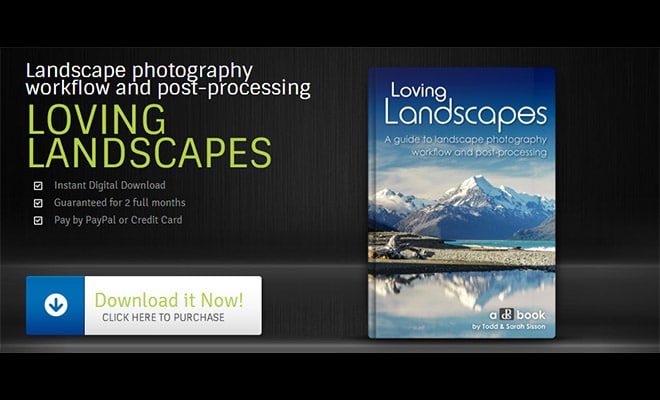Landscape and nature photographers love the opportunity to get amazing photos at sunset, but those who are willing to venture out at night can capture truly unique and beautiful photos well after sunset. Night photography offers plenty of potential, but it also brings a number of challenges, including: nailing exposure, focusing, finding the right composition, knowing what to photograph under the night sky, and understanding moon phases and various light sources. On top of those challenges, simply getting to the right spot can at times be a challenge in itself in the dark.
Many landscape photographers, myself included, have far less experience shooting under the night sky as compared to daylight or the hours around sunrise and sunset. Because of the unique details and requirements of night photography it is important to understand these intricacies in order to get the best results. If you’re looking to learn more about photographing landscapes and the night sky one great option is to pick up a book or ebook that can teach you the fundamentals. Recently I had the chance to read through Collier’s Guide to Night Photography in the Great Outdoors by Grant Collier, and this blog post is a review of that ebook (it’s also available as a paperback). For full disclosure, I received the ebook for free in order to do the review.
What’s Covered in the Book?
This book/ebook is a comprehensive guide that will give you a great foundation whether you are just getting started with night photography or whether you have some experience and are just looking to improve. It should be pointed out that this book/ebook is different than some others that cover night photography because it focuses exclusively on landscapes. It does not cover things like photographing city skylines at night. If you’re a nature photographer I think you will appreciate the tight focus of this book.
This is a detailed book with a total of 164 pages. It features plenty of beautiful photos from the author that illustrate various points throughout the book. The photography alone is a great source of inspiration.
Collier starts the book by looking at the specific equipment and supplies that are needed for night photography. He covers cameras, lenses, tripods, and accessories in detail to help you get the right equipment if you want to capture amazing night photos. He also covers important details like clothing and survival gear, which can be very important topics for your safety and comfort.
You’ll also learn how to plan your shots, and Collier covers several options for software, apps, and websites that can help in your own planning.
The chapter on moon phases covers important details like the differences of photographing night skies in various months, as well as an explanation of the twilight stages and how they can impact your photos. This information is important to understand, and if you haven’t spent much time on night photography it is probably going to be new to you.
Collier also provides advice on topics like composition, scouting locations, the natural light sources that are available, options for light painting, and how to capture amazing star trails. Perhaps the most important chapter for anyone who is new to night landscapes is the one that covers the important camera settings. Of course, this includes aperture, shutter speed, and ISO, but Collier also covers topics like focusing, white balance, and noise reduction.
There are also chapters dedicated to stitching images together for panoramics, blending multiple exposures, and post processing. The post processing chapter includes some helpful tips related to the specific sliders to use in Lightroom, and the settings that tend to produce the best results. If you’re interested in even more on the topic of post processing, Grant Collier also offers Collier’s Guide to Post Processing Night Photos, which is a video tutorial.
Conclusion
If you’re interested in learning more about night photography and how to capture beautiful landscapes under the night sky I definitely recommend Collier’s Guide to Night Photography in the Great Outdoors. It covers everything you need to get started, is quite detailed and thorough, features plenty of amazing example photos, and is very reasonably priced. The ebook comes in PDF format and a paperback version is also available. You can also get a free sample chapter if you’re interested in seeing more. I found the information to be very clearly explained, relevant, and helpful. You can find more information and purchase the book here.












